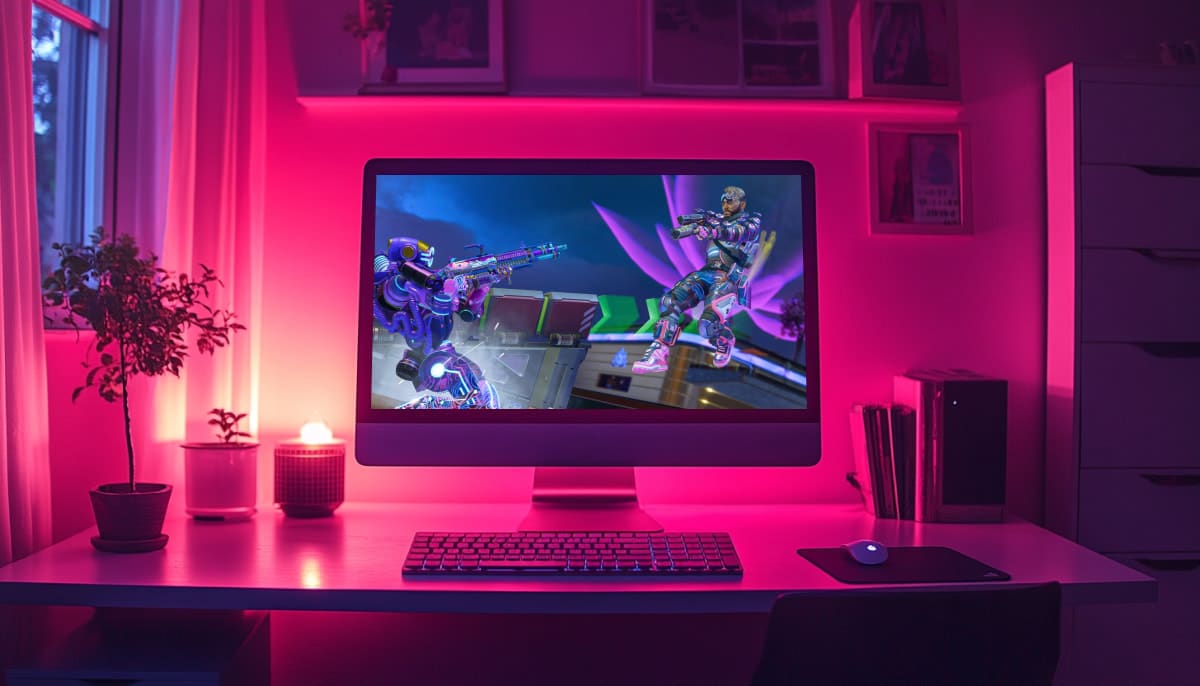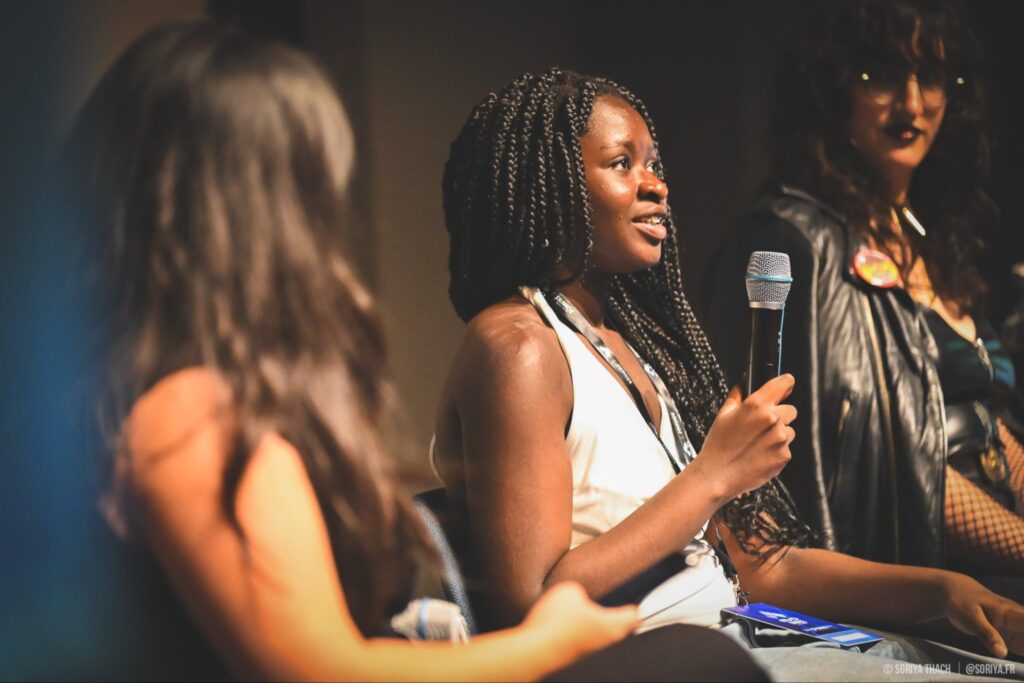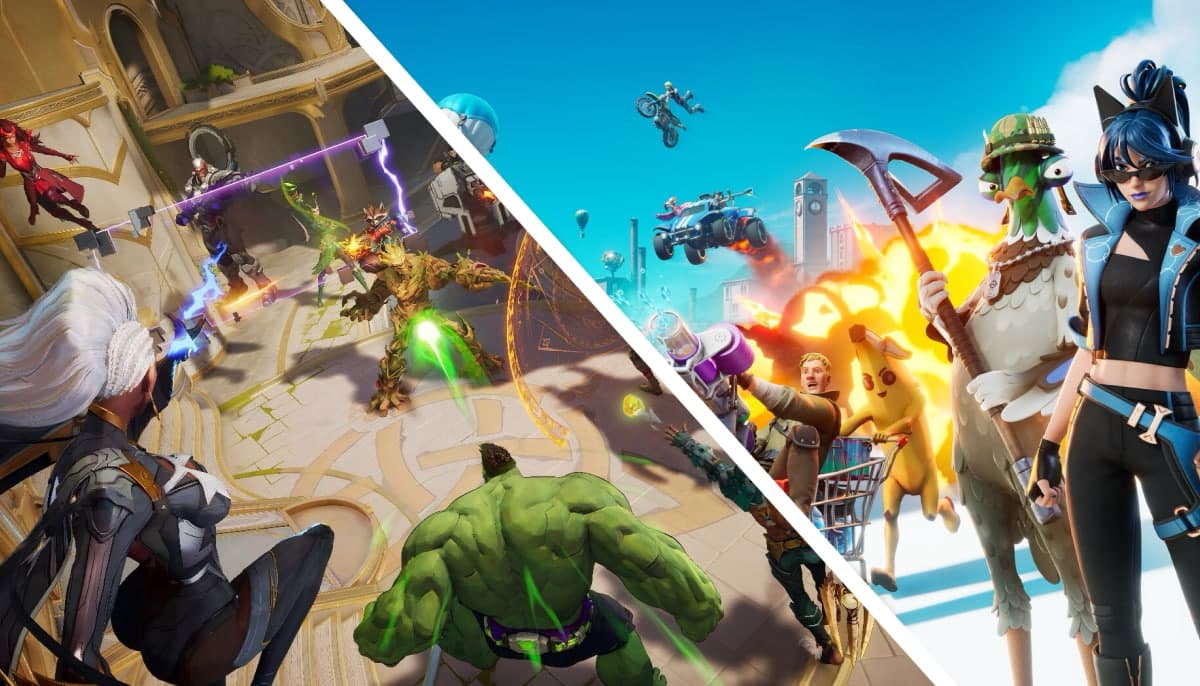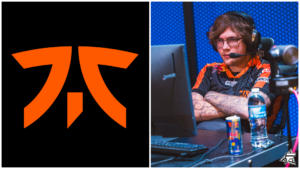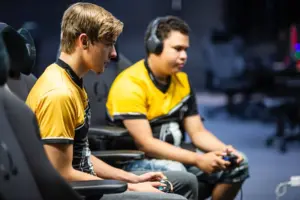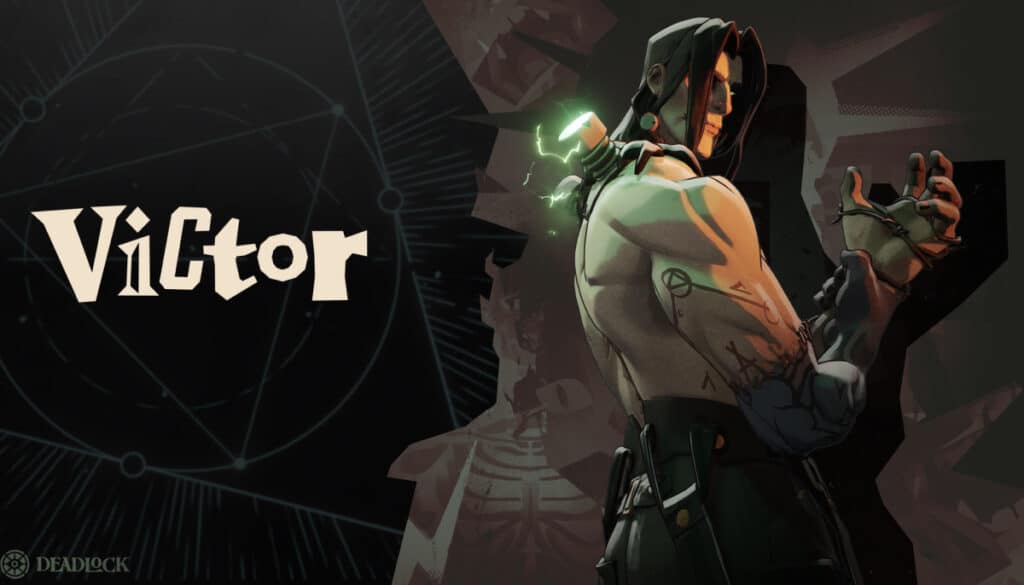
TL;DR
- Apex Legends is one of the most popular competitive shooters in 2025, due in part to its ranking system.
- Players can reach a variety of ranks in Apex, beginning with Rookie and ending with Master.
- Most ranks offer four divisions to climb.
- Though there’s no rank decay in Apex Legends, Respawn does offer a rank reset twice per season.
Competitive Apex is going strong in 2025, so it’s essential to understand the ranking system if you want to compete for a top spot. There are a variety of ranks you can achieve while working your way up, so Esports Insider is bringing you a guide on how to climb the ranks.
Below, competitive players will find out everything they need to know about the ranking system, including how to rank up faster in Apex Legends.
Apex Legends ranks and tiers explained

There are seven ranks to achieve in Apex Legends for competitive players. In ranked trios, players start in the Rookie rank and work up to Master. Those who are in Master rank and also in the top 750 players on their platform of choice will be marked as an Apex Predator. Some ranks in Apex Legends have multiple tiers to climb, which may include I, II, III, and IV.
Matches of ranked cost Ranked Points (RP) to enter once you leave the Rookie rank. RP is acquired by placing within the top 50% of a match, and the RP needed to begin a match grows with every new rank you achieve. Below is a list of every rank and the RP it costs to begin a match within each rank.
| Rookie | 0 Ranked Points |
| Bronze | 10 Ranked Points |
| Silver | 20 Ranked Points |
| Gold | 38 Ranked Points |
| Platinum | 48 Ranked Points |
| Diamond | 65 Ranked Points |
| Master | 90 Ranked Points |
How the Apex Legends ranking system works

When players first load into a ranked match, their team will randomly have a point of interest chosen as a drop spot. Every player starts as the Rookie Rank, then climbs the six remaining ranks until eventually achieving Master. With four divisions for every rank, you’ll have to earn thousands of Ranked Points (RP) to get to the top.
Ranks don’t decay in Apex, but they are reset whenever a new season launches, as well as once in the middle of each season, which is known as a split. A new player’s matchmaking ranking from unranked trios is used to determine the starting rank of beginners.
We’ve created a compilation of every rank below, as well as how much RP you’ll need to collect to progress through each tier according to the EA website.
| Rookie | 250 Ranked Points |
| Bronze | 500 Ranked Points |
| Silver IV – Silver III | 500 Ranked Points |
| Silver III – Silver II | 500 Ranked Points |
| Silver II – Silver I | 500 Ranked Points |
| Silver I – Gold IV | 750 Ranked Points |
| Gold | 750 Ranked Points |
| Platinum IV – Platinum III | 750 Ranked Points |
| Platinum III – Platinum II | 750 Ranked Points |
| Platinum II – I | 1,000 Ranked Points |
| Platinum I – Diamond IV | 1,000 Ranked Points |
| Diamond | 1,000 Ranked Points |
Tip: To play ranked with your friends, you’ll need to be within three ranks of the other players in your starting lobby.
Ranked rewards in Apex Legends
Those with a competitive mindset can earn special rewards from ranked play for placing in high tiers, like badges. You can also show off your rank by turning on your aura, which reflects the tier you’re in at the moment.
| Rookie | Gray |
| Bronze | Bronze |
| Silver | Silver |
| Gold | Gold |
| Platinum | Teal |
| Diamond | Blue |
| Master | Purple |
| Apex Predator | Red |
Rank distribution in Apex Legends

Rank distribution helps players understand how many competitors of each rank are in a match of Apex. Before a match starts, the game will show you the rank distribution in the lobby.
Apex Legends Status shows that most of the active players participating in ranked in October 2025 fall in the Gold or Platinum tiers. Unfortunately, Respawn doesn’t regularly release statistics about rank distribution.
How to rank up faster in Apex Legends

Skilled competitors in Apex should set their sights on getting eliminations and surviving until the last few teams in a match. However, meeting special conditions can also help you rank up swiftly, like placing in the top few teams in consecutive games.
Competitive players aiming to rank up quickly in Apex Legends should set their objective on survival while also playing aggressively. You’ll find stealth weapons like sniper rifles helpful for this goal.
Rank decay in Apex Legends

There is no rank decay mechanic in Apex Legends as of October 2025. However, ranks are occasionally reset at the start and in the middle of a season. Depending on your ranked matchmaking ranking (MMR), you’ll be assigned a lower rank when each reset occurs.
Here’s a full list of split two rank reset values, as per the EA website.
| Master and above will reset to Platinum I 11000 RP |
| Diamond II and I will reset to Platinum II 10000 RP |
| Diamond IV and III will reset to Platinum III 9250 RP |
| Platinum IV to I will reset to Platinum IV 8750 RP - with +250 demotion protection |
| Gold IV to I will reset to Gold IV 5750 RP - with +250 demotion protection |
| Silver IV to I will reset to Silver IV 3250 RP - with +250 demotion protection |
| Bronze IV to I will reset to Bronze IV 1000 RP |
Conclusion

Ranking up is hard in Apex Legends, but armed with the information above, anybody can become a battle royale master. Competitors don’t need to worry about rank decay in Apex, but be on the lookout for rank resets twice per season.
If you want to make it big in the Apex esports scene, then ranked is the first stepping stone you’ll need to overcome in Respawn’s first-person shooter.
FAQs
How to rank up fast in Apex Legends?
Focus on getting eliminations and surviving as long as possible to earn the most RP in every ranked match of Apex Legends.
How does the ranking system work in Apex Legends?
Apex Legends is split up into seven ranks with four divisions for each one. To enter matches, you need varying amounts of Ranked Points, which are earned by placing high in matches of ranked Apex Legends.
What are the different ranks in Apex Legends?
There are seven core ranks in Apex Legends, which include:
• Rookie
• Bronze
• Silver
• Gold
• Platinum
• Diamond
• Master
How many divisions are in each Apex Legends rank?
Generally, ranks have four divisions in competitive Apex Legends, including I, II, III, and IV.
What are the highest and lowest ranks in Apex Legends?
Rookie is the lowest rank in Apex Legends, while Master/Apex Predator is currently the highest.
How often does rank reset happen in Apex Legends?
Rank reset happens at the start and in the middle of every Apex season.
REFERENCES
- How Apex Legends
 Ranked works (EA Help)
Ranked works (EA Help) - Ranked distribution | Apex Legends Status (Apex Legends Status)
The post Apex Legends ranks explained: Ranking system and divisions from Rookie to Master appeared first on Esports Insider.

